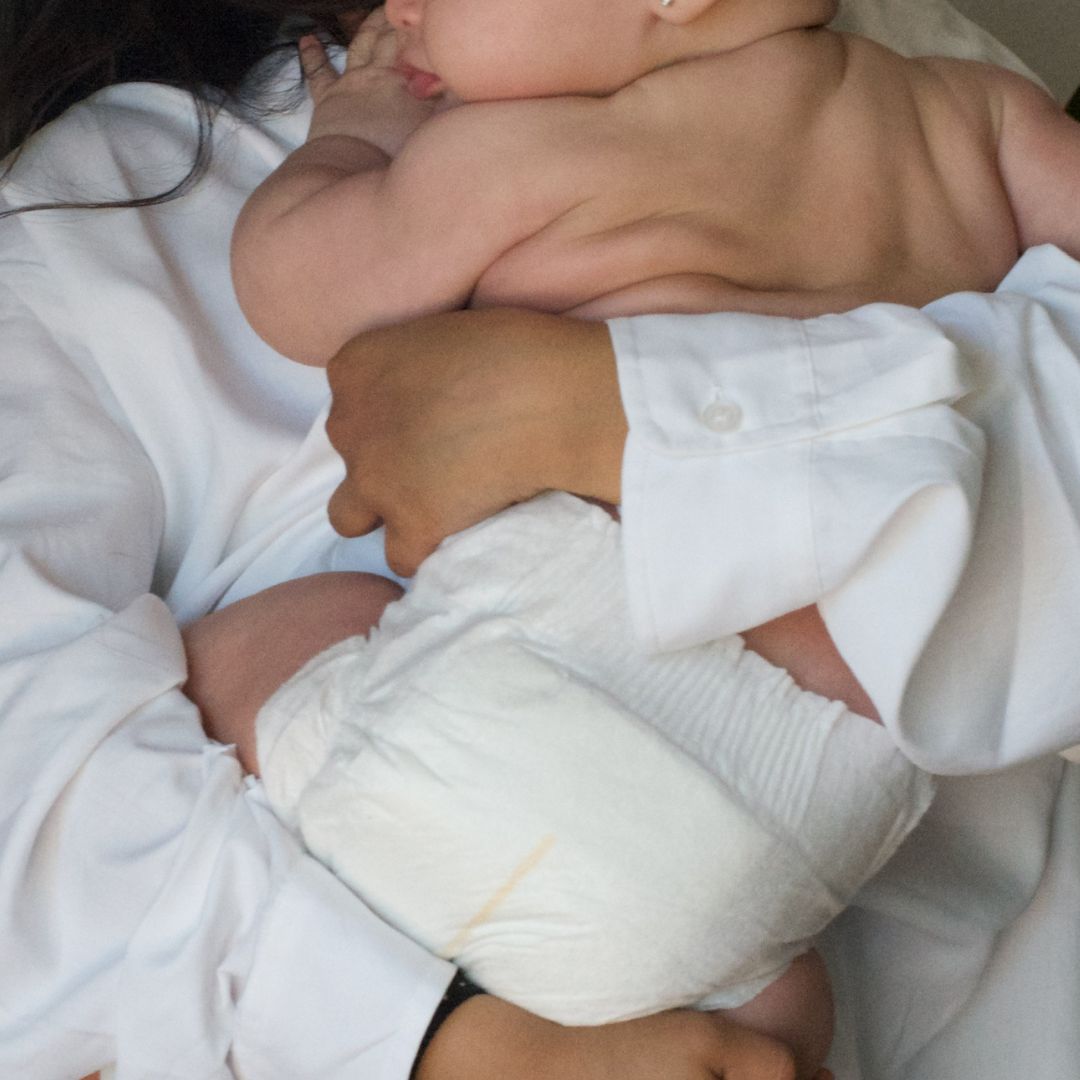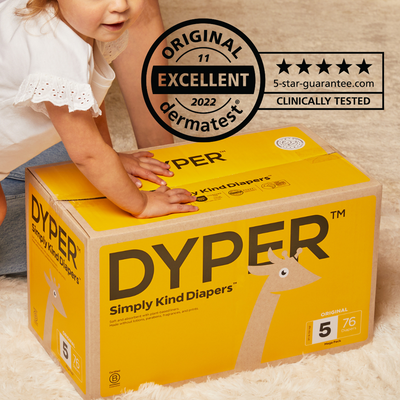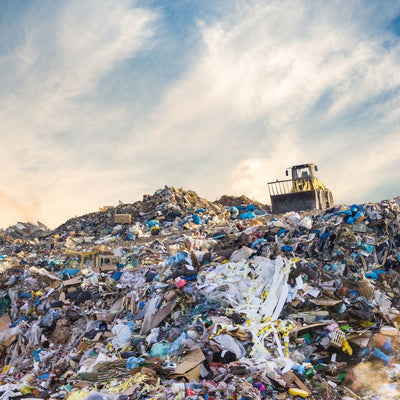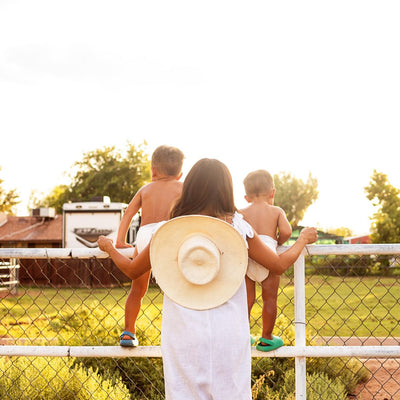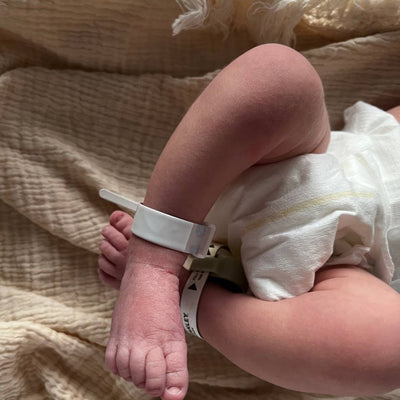If you’re like many cloth-diapering parents, you care about the environment as well as your baby’s health and comfort. You’re probably interested in cloth because you're looking for a responsible solution that doesn’t pack landfills, while also making sure that your baby isn’t exposed to any unnecessary harsh chemicals.
Of course, the best solution would be to get your baby out of diapers altogether, right? It is true that there are steps you can take to help your child potty train sooner, but in the meantime, you’re going to need some diapers. Here’s what you need to know about potty training, cloth diapers, and why many parents are making the switch from cloth diapers to DYPER diapers.
Potty Training and Elimination Communication
It is true that potty training is the MOST responsible option. And some parents use elimination communication, or natural infant hygiene, to significantly reduce the number of diapers their baby uses. But most kids don't potty train until somewhere between 18 months and three years of age, and elimination communication only works when you can watch the baby every moment. So you can reduce the number of baby diapers you use, but generally not to zero until they are on average around 18 months or older.
How Cloth Diapers Work
In the quest for sustainability and healthier babies, a small community of parents start their journey with cloth diapers, and have likely invested in a robust cloth diapering system. It’s true that cloth diapers are more sustainable than traditional disposable diapers, which can sit in landfills for up to 500 years! They tend to be soft and comfortable, and while they cost more upfront, cloth diapers for babies can be used again and again, so you won’t need to constantly replace them. Cloth reusable diapers sound like a simple solution, right?
Not exactly. To complement a modern lifestyle, cloth diapers bring their own set of issues and challenges. First, it’s a huge commitment. You’ll have to make sure that you have clean, fresh diapers at the ready at all times. This can be time-intensive, and you’ll end up having to do more laundry – which means using more water, detergent, and electricity. You could send the diapers out to a laundry service, but that means even more advance planning and funds, and it doesn’t change the fact that washing uses vital resources. Also, you have to vet the laundering services to make sure that they're using environmentally and baby-safe procedures and detergents. Do they also offset their carbon footprint from their pickups and dropoffs? Likely not.
Then there’s the issue of using cloth diapers when traveling. It’s certainly possible and many manage it successfully, but you’ll need an even more intensive system, including a secure, leak-proof, on-the-go storage system for those dirty diapers. You will most likely have to also bring along your own detergent. Then consider the potential outcome of being stuck in a hotel’s laundry room during your vacation or even trying to wash out the dirty diapers in the bathtub.
Cloth diapers for toddlers can be particularly challenging. It can be difficult to size them correctly, depending on the brand you buy. Some also require inserts, which is another expense and another disposable item you have to research to make sure it's environmentally responsible, biodegradable, or compostable. Also, toddlers may love the activity of snapping and unsnapping and be able to remove them, potentially leading to a huge mess. Some toddlers produce a lot of waste…which may not be too pleasant to handle.
Finally, if your child attends daycare, cloth diapers might not be allowed. Due to sanitation concerns, many daycares require kids who aren’t potty trained to wear disposable diapers.
Around 5% of all diapering parents successfully use cloth diapers some or all of the time. But for many, what seems like a good idea with wonderful intent quickly becomes less and less practical, sending them rushing for the nearest pack of disposable diapers. It all comes down to convenience, which is why 95% of parents are using disposable diapers.
Why Switching to DYPER is Still Responsible Diapering
At DYPER, we’re committed to building a better diapering journey.. Our plant-based diapers are on par with cloth diapers in terms of being environmentally responsible.But they are designed as traditional disposable diapers for optimal convenience and ease of use.
Our diapers are designed by parents for parents and is proud to offer a simple and kind diapering journey! Their remarkably absorbent, soft diapers are made with chlorine-free fluff pulp and plant-based materials, and without latex, alcohol, perfumes, or phalates!
Landfill Avoidance with REDYPER™
At first, compostable diapers may sound overwhelming, especially those who have never composted anything before. Is it really more convenient, easier, and a less messy concept than cloth diapers? As it turns out, with DYPER, the answer is yes!
When you sign up for our optional REDYPER™ service, we’ll send you everything you need to send your little one's used diapers back to us to be composted. Just use our diapers and the special bags we provide for your diaper pail, then follow our easy step-by-step instructions to pack them in the provided box, all according to the safe, UN Hazmat Standards we abide by and schedule your pickup. Instead of ending up in a landfill, your baby’s used diapers will be composted and used for projects such as highway median vegetation.
Make The Switch To More Responsible and Convenient Diapers
Ready for a responsible solution that doesn’t require you to make a lifestyle commitment? You can still protect your baby, the planet, and your wallet while maximizing your convenience with our plant-based diapers. If you're still not convinced and up for the commitment, our cloth diapers are here for you!
Ordering diapers and signing up for our monthly diaper delivery service is easy. Click Join and select your diaper delivery size, quantity, and then you can optionally add our REDYPER™ pickup service on the second page of checkout.


